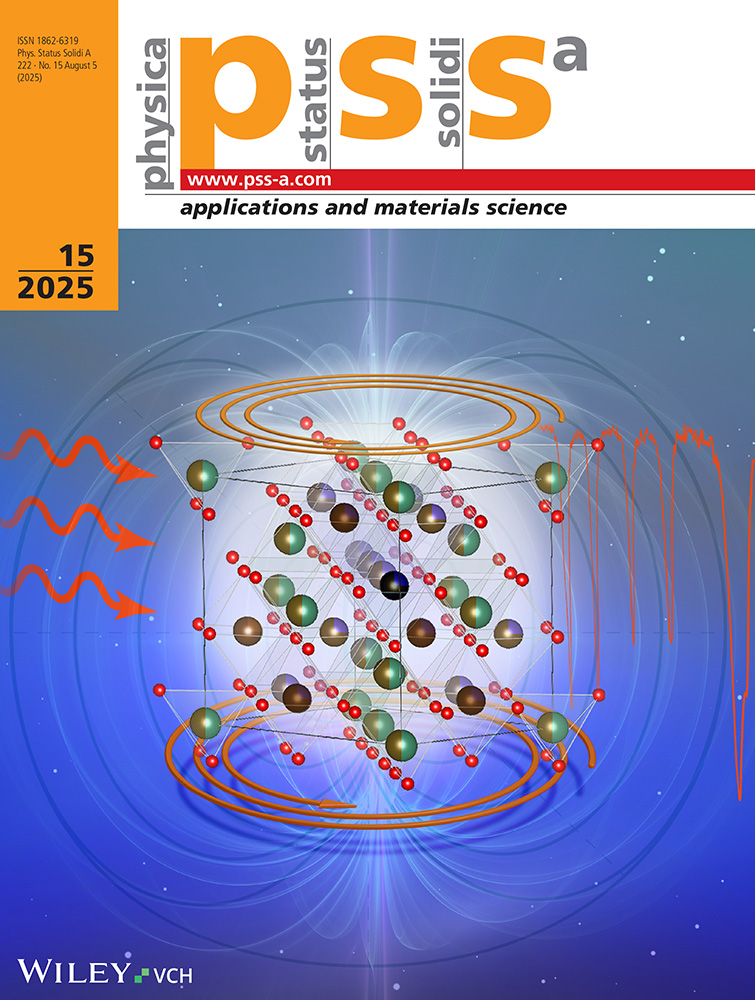Temperature Dependence of the Pinning Mechanism for Domain Wall Movements in Nonmagnetostrictive Amorphous Alloys
PF 800665, Heisenbergstr. 1, W-7000 Stuttgart 80, FRG.
Abstract
enThe temperature dependence of the initial susceptibility and of the coercive field is measured after different magnetic annealings in an extremely softmagnetic amorphous Co-based alloy. In order to describe the experimental results within the framework of a statistical potential theory different potentials have to be considered for the initial susceptibility and the coercive field. Ft turned out that up to temperatures of 100 K the fluctuating exchange constant is the dominant pinning mechanism. In the temperature range 100 K ≦ T ≦ 350 K the coercivity can be described very well taking into account surface irregularities. At higher temperatures thermally activated reorientation processes of mobil atom pairs have a significant influence on the coercive field and the initial susceptibility.
Abstract
deEs wird die Temperaturabhüngigkeit der Anfangssuszeptibilitüt und der Koerzitivfeldstürke nach unterschiedlichen Magnetfeldglühungen einer extrem weichmagnetischen amorphen Co-Basis-Legie-rung gemessen. Urn die experimentellen Ergebnisse im Rahmen einer statistischen Potentialtheorie zu beschreiben, müssen für die Anfangssuszeptibilitüt und die Koerzitivfeldstürke verschiedene Potentiale angenommen werden. FürTemperaturen bis 100 K wird alsdominierendes Haftzentrum die Fluktuation der Austauschkonstante gefunden. Im Temperaturbereich 100 K ≦ T ≦ 350 K wird die Koerzitivfeld-stürke sehr gut durch den Einfiuß der Oberflüchenrauhigkeit beschrieben. Bei noch höheren Tem-peraturen orhalten thermisch aktivierte Umorientierungsprozcsse von beweglichen Atompaaren einen wesentlichen Einfluß auf die Koerzitivfcldstürke und die Anfangssuszeptibilitüt.




